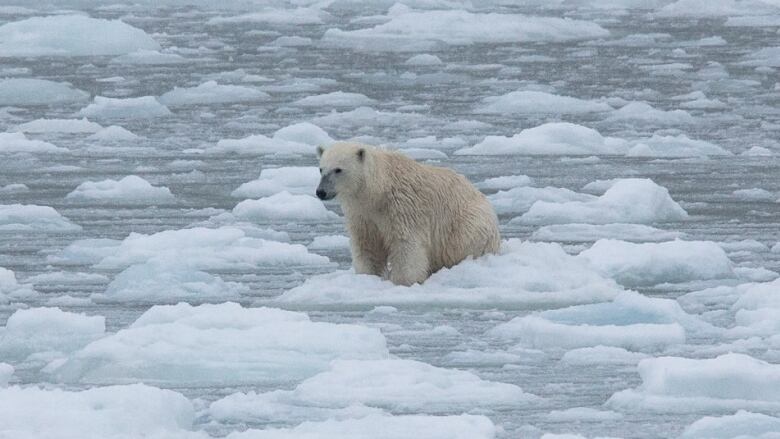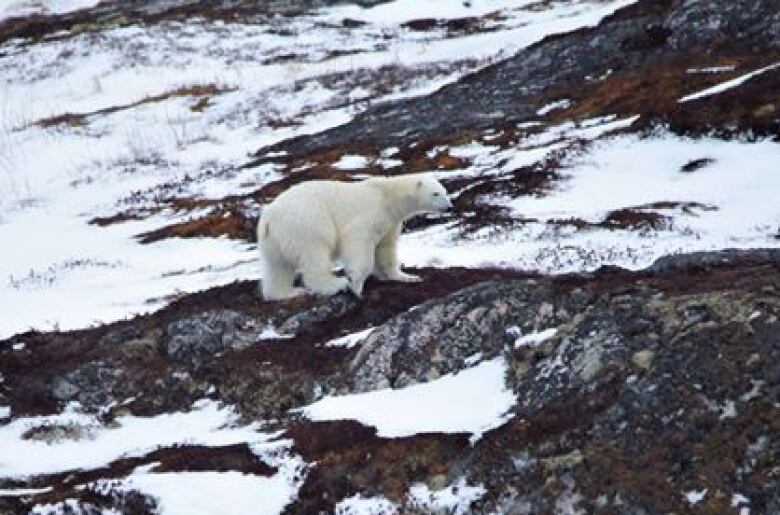Changing sea ice bad omen for province's polar bears: professor

A leading expert in the field of polar bear research says it's only a matter of time before Newfoundland and Labrador's bear population begins to decline.
Andrew Derocher, a professor at the University of Alberta who has been studying the animals for almost 35 years, saidthere are bad signs offthe coast of Labrador, where the Davis Strait population spends some of its time.
"The ice-free period off of Labrador is increasing about 18 days per decade, so that means that the ice is melting earlier and forming later in the fall," he told CBC Radio's Central Morning Show.
"When we look at polar bears in other areas, when you see those patterns, it'sa matter of time before the number of bears starts to decline."
#polarbears & people don't mix well. Bears use land when sea ice conditions fail. We expect more events like this. https://t.co/MDJIGaHCmb pic.twitter.com/5l7QVY4hgU
—@AEDerocherWhile bears can eat smaller animals and plants, it's the big calories they get from seals which sustains their diet and populations, according to Derocher. He said if they lose access to those animals, it's devastating.
The last in-depth survey of the Davis Strait population, in 2007, showed there were somewhere between 2,100 to 2,200 bears. But Derochersaidthere were already signs that the bears are responding to the changing sea ice.
"One of the big findings was the reproductive rates were down. And that means that over the longer term the population is certainly not growing, and may be declining."

Although plenty of bears have been spotted wandering onto the island portion of the province in March and April, Derochersaidfor the most part, they are not there by choice.
"They don't want to be on land, but what's happening is they get caught in these filaments of ice that get pushed with wind and currents," he said.
Last week, a zoologist who teaches at the University of Victoria saidthe polar bear sightings may be signals the population is rising. But Derochersaidit isn't so.
"There are literally dozens of studies that all point the same direction on sea ice and climate and what's going to happen to polar bears. So we have a pretty good sense of that."












_(720p).jpg)


 OFFICIAL HD MUSIC VIDEO.jpg)
.jpg)



























































































